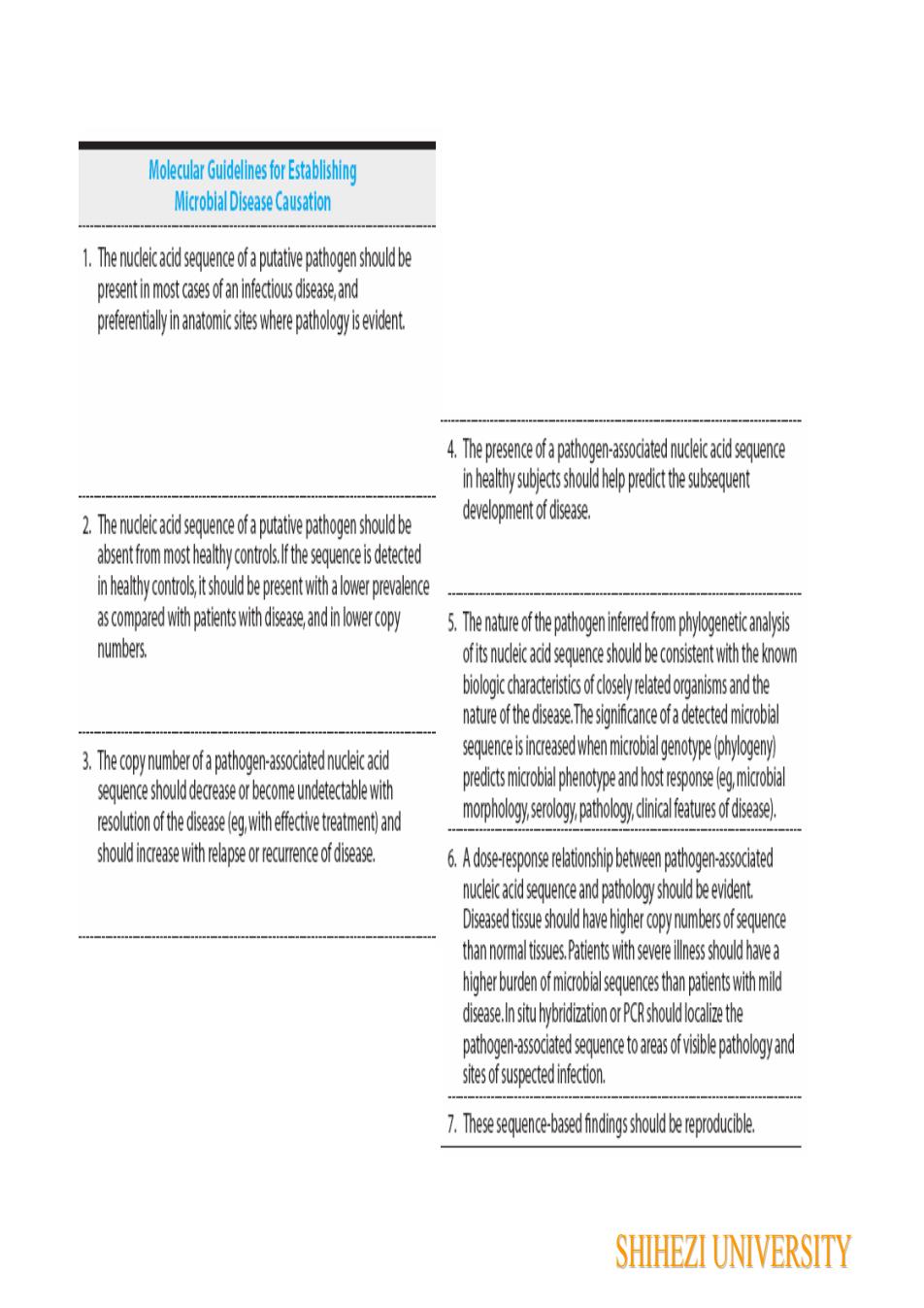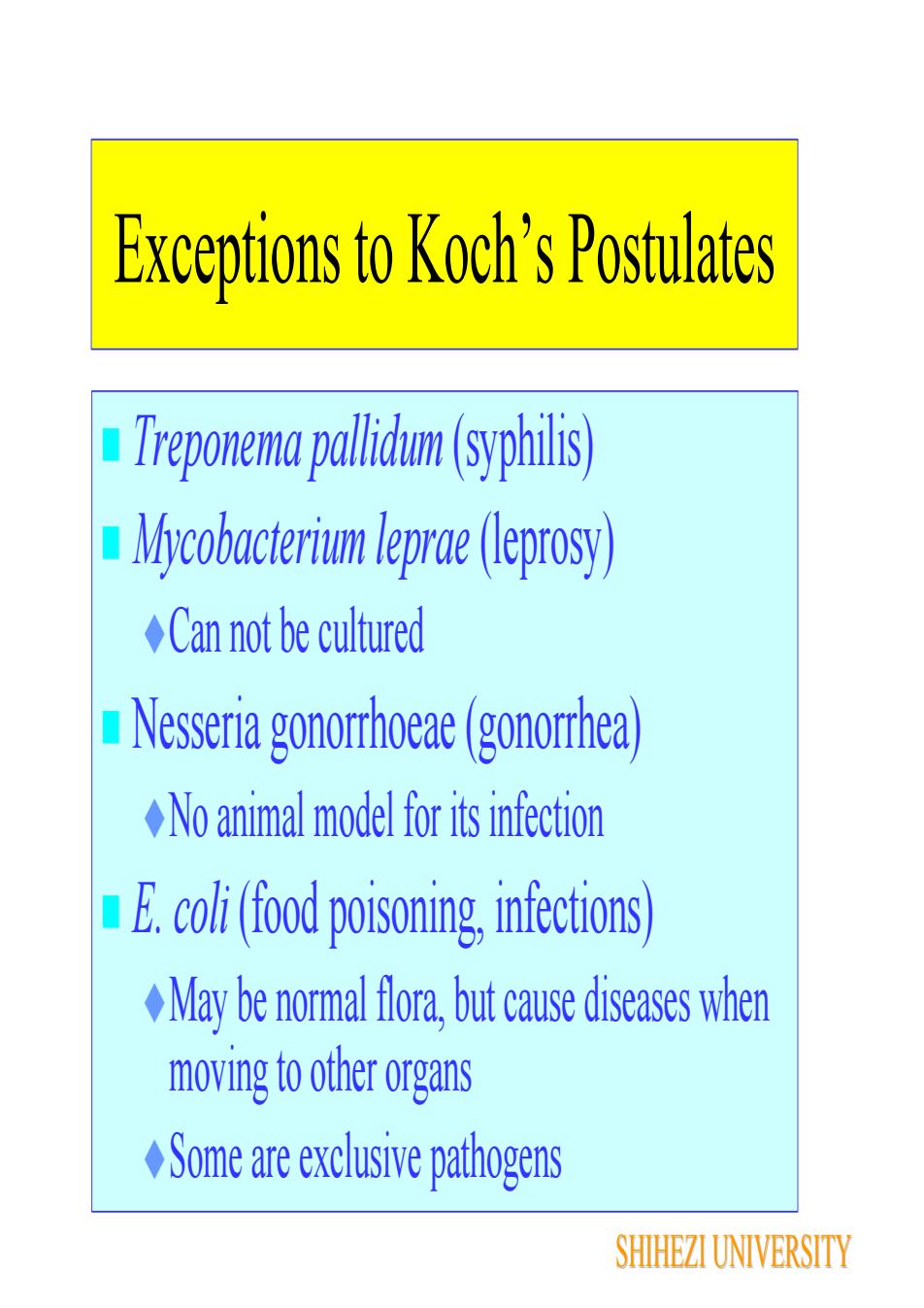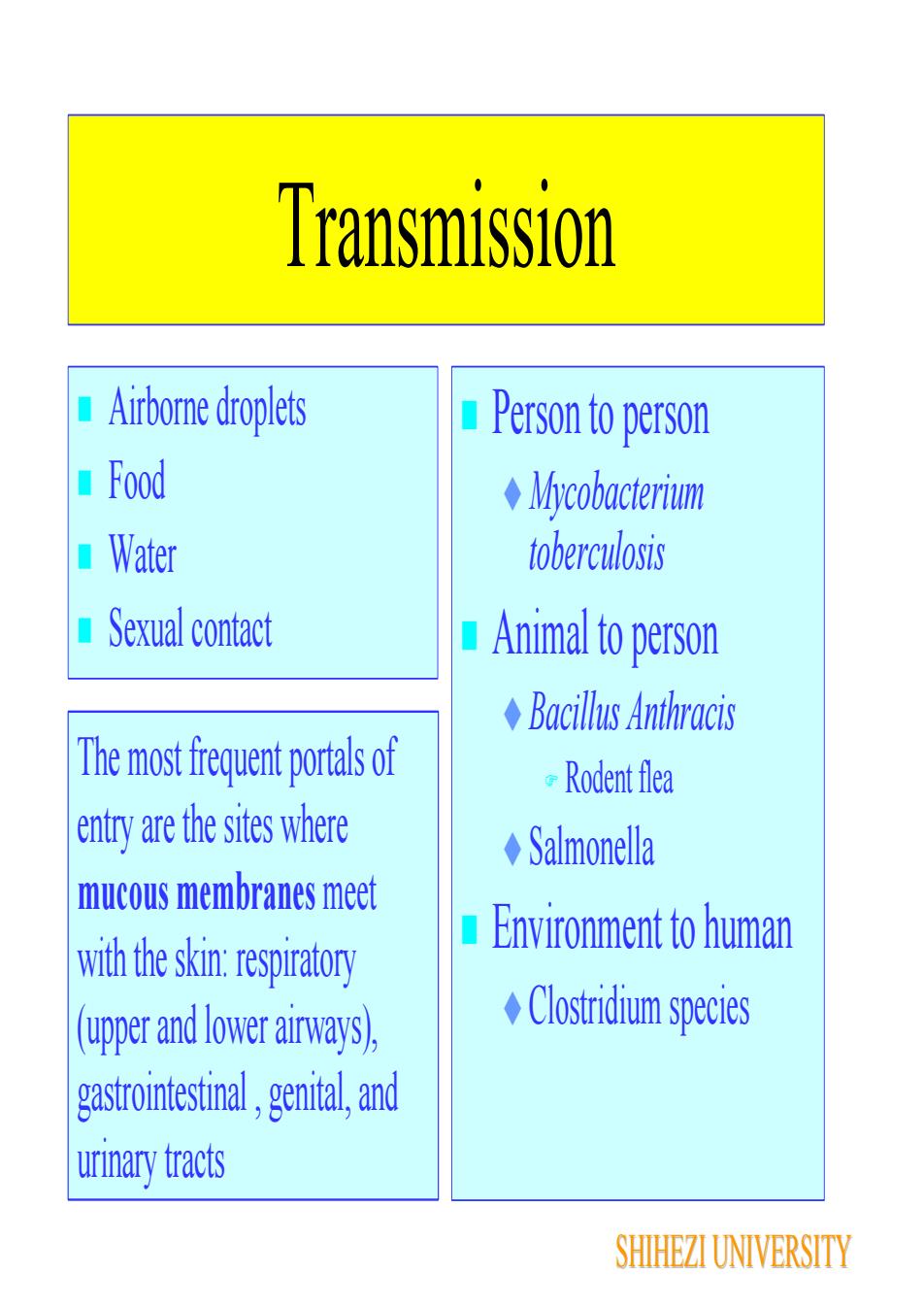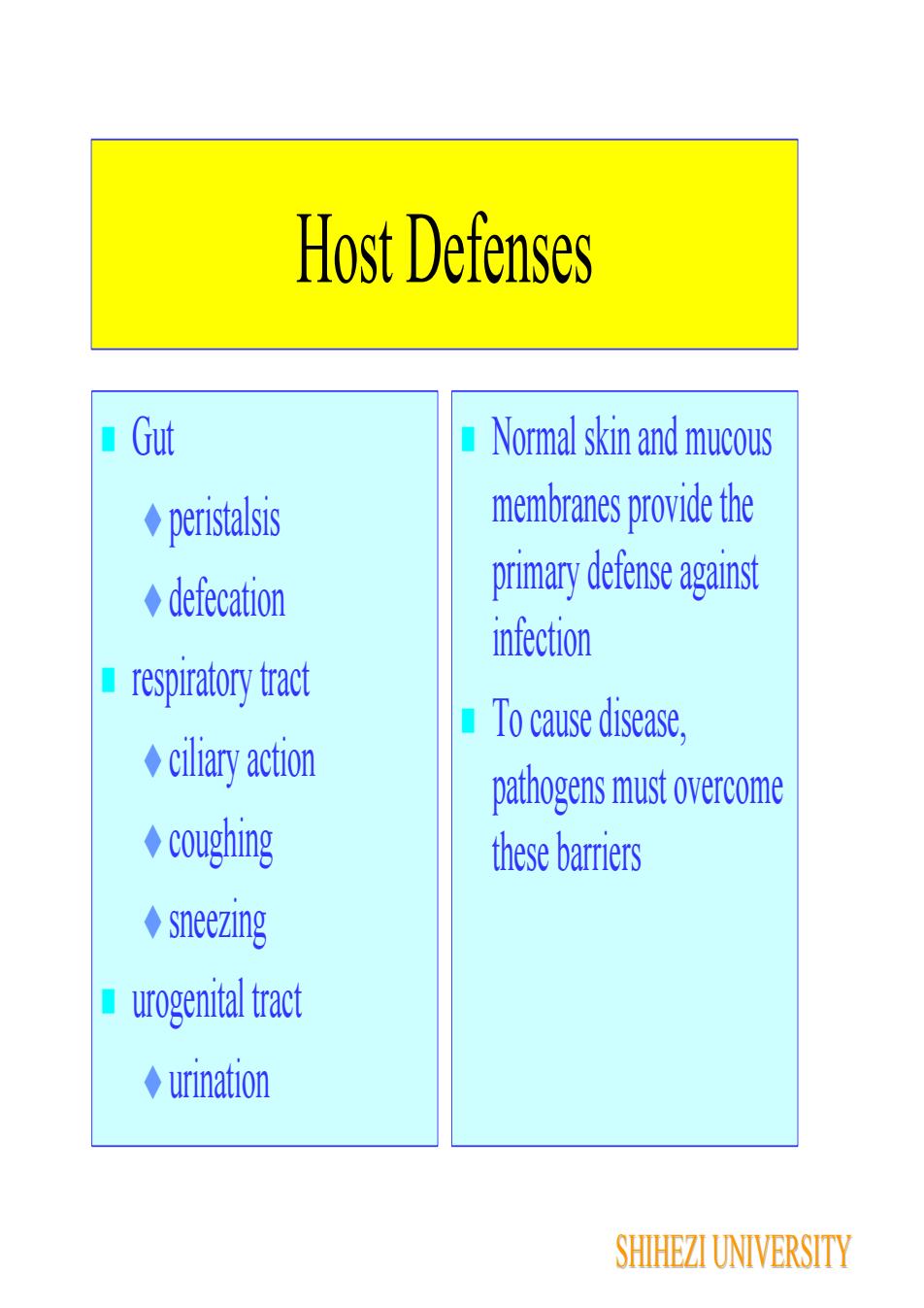
MolecularGuidelinesforEstablshingMicrobialDiseaseCausation1.Thenucleicacidsequenceofaputativepathogenshouldbepreentimotcassofaninfectiousdisasendpreferentialyinanatomicsiteswherepathoogysviden4.Thepresenceofapathogen-associatednucleicacidsequenceinhealthysubjectsshouldhelpredictthesubsequentdevelopmentof disease2heucleicacidquencefutativeathenhoulbabsentfrommothealthyontrols.fthsequencedeecedinalthonoituldrenwithowreaeamprwthatinwthdsandwer5.Thenatureofthepathogeninferredfromphylogeneticanalysisnumbers.ofitsucleicacidsequencehouldbeonsistentwiththeknowbioloqiccharacteristicsofcloselyrelatedorganismsandthenaurhdiseahnifcacdmicoasequenceisincreasedwhenmicrobialgenotype(phylogeny3heumbfathgeassociateducleicacidpredismcbialhantsecbiasequenceshoulddecreaseorbecomeundetectablewithreudawfamshouldincreasewithrelapseorrecurrenceofdisease6deesponeelationhipbweenpatheassociatnucleicacidsequencandpathologyshouldeevidenDiseasedtisueshouldhavhigheropyumbersfsquencethamalssuesPatientswithseverilessshuldhaehigherburdenofmicrobialsequencesthanpatientswithmilddiseasenthybridizatioCRhouldocalizethpathogenassociatedsqueneeasvisblepathogyandsitesofsuspectedinfectionhqubaendingudbSHIHEZI UNIVERSITY
SHIHEZI UNIVERSITY

Exceptions to Koch's Postulates Treponema palidum (syphilisMycobacterium leprae (leprosyCan not be cultured Nesseria gonorrhoeae (gonorrheaNo animal model for its infectionE. coli (food poisoning, infectionsMay be normal flora. but cause diseases whenmoving to other organsSome are exclusive pathogensSHIHEZI UNIVERSITY
Exceptions to Koch’s Postulates Treponema pallidum (syphilis) Mycobacterium leprae (leprosy) Can not be cultured Nesseria gonorrhoeae (gonorrhea) No animal model for its infection E. coli (food poisoning, infections) May be normal flora, but cause diseases when moving to other organs Some are exclusive pathogens SHIHEZI UNIVERSITY

Transmission Airborne dropletsPerson to personFoodMycobacteriumWatertoberculosis Sexual contactAnimal to personBacillus AnthracisThe most frequent portals of- Rodent fleaentry are the sites where Salmonellamucous membranes meetEnvironment to humanwith the skin: respiratory+ Clostridium species(upper and lower airways),gastrointestinal, genital, andurinary tractsSHIHEZI UNIVERSITY
Transmission Airborne droplets Food Water Sexual contact Person to person Mycobacterium toberculosis Animal to person Bacillus Anthracis Rodent flea Salmonella Environment to human Clostridium species The most frequent portals of entry are the sites where mucous membranes meet with the skin: respiratory (upper and lower airways), gastrointestinal , genital, and urinary tracts SHIHEZI UNIVERSITY

Host DefensesGutNormal skin and mucousmembranes provide the peristalsisprimary defense against+ defecationinfectionrespiratory tract To cause disease+ ciliary actionpathogens must overcome+coughingthese barriers sneezing urogenital tracturinationSHIHEZI UNIVERSITY
Host Defenses Gut peristalsis defecation respiratory tract ciliary action coughing sneezing urogenital tract urination Normal skin and mucous membranes provide the primary defense against infection To cause disease, pathogens must overcome these barriers SHIHEZI UNIVERSITY

Pathogenicity Virulence factorsInvasivenessToxins ExotoxinsEndotoxinInvasive enzymesNumber of initial microorganismsImmune statusSHIHEZI UNIVERSITY
Pathogenicity Virulence factors Invasiveness Toxins Exotoxins Endotoxin Invasive enzymes Number of initial microorganisms Immune status SHIHEZI UNIVERSITY